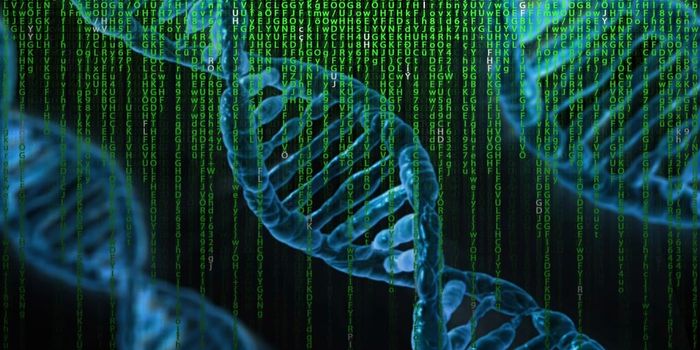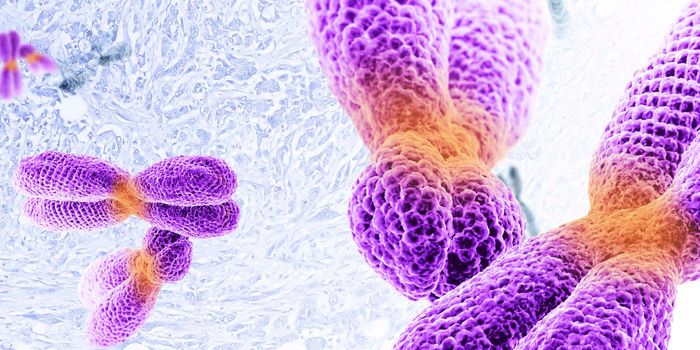Cancer Fighters at Your Thanksgiving Table
Tomorrow, many in the United States celebrate Thanksgiving, a holiday occurring on the fourth Thursday each November. To some extent, we model our modern Thanksgiving after the harvest meal the colonial Pilgrims and Wampanoag Native Americans shared in 1621.
Historians believe the first Thanksgiving dinner looked quite different from our modern-day celebration with family and friends. The first Thanksgiving menu likely included deer meat provided by the Wampanoag people, along with locally grown fruits and vegetables like beans, blueberries, cabbage, carrots, grapes, gooseberries, lettuce, onions, peas, plums, spinach, and raspberries. Cranberries and corn, some standards of the modern Thanksgiving table, likely appeared at the first Thanksgiving, but not in the same form we see them today. The pilgrims turned corn into cornmeal, serving it as a thick porridge sweetened with molasses. Without ample sugar, the cooks preparing the first Thanksgiving dinner couldn’t prepare the kinds of sauces and relishes we enjoy today.
The main course of the first Thanksgiving might come as a surprise! The Pilgrims and Wampanoag people enjoyed a variety of seafood plentiful near their home in Plymouth, Massachusetts. Historians believe the meal contained bass, clams, lobster, mussels, and oysters.
Some of our modern-day Thanksgiving staples did not make an appearance at the first Thanksgiving. This includes potatoes, which had made their way from South America to Europe but had yet to become popular in North America. While pumpkins may have graced the first Thanksgiving table, the settlers couldn’t have made pumpkin pie without butter, flour, and ovens!
So, now that we have dissected the menu of the first Thanksgiving let’s visit the Thanksgiving delicacies we enjoy today and discuss the vitamins and nutrients these foods provide. Some of our Thanksgiving go-to foods even contain some cancer-fighting nutrients!
Turkey: Your Thanksgiving turkey provides an amino acid called tryptophan, a mediator needed to generate vitamin B3 which facilitates the conversion of nutrients into energy. Tryptophan supports immune health as T cells, the immune cells that kill cancer cells, require tryptophan to grow and replicate.
Cranberries: In pre-clinical studies, cranberries have preventative effects on many cancer types, including bladder, colon, esophageal, glioblastoma, prostate, and stomach cancers. A An extract derived from cranberries, known as proanthocyanins (PACs), hinders the growth of several cancer cells. If you want the best benefits of cranberry this Thanksgiving, skip the sugary jellied sauce and go for fresh or frozen cranberries!
Pumpkin pie: Believe it or not, pumpkins (yes, this includes the pie form) have some anti-cancer properties. Packed with vitamin A, a slice of pumpkin pie provides more than half of the daily value (DV)! Pumpkins represent a great source of antioxidants, including vitamin C, which protects cells from damage that can cause cancer.
Sweet potatoes: Like pumpkin, sweet potatoes provide antioxidants and the associated cancer-fighting nutrition. Pre-clinical work shows proteins found in sweet potatoes inhibit the growth of leukemia and colorectal cancer cells. For the most benefit, limit the marshmallows and sugary toppings!
Red wine- While increases the risk of several kinds of cancer, some research suggests that red wine, in moderation, elicits some cancer prevention potential. In some pre-clinical studies, the polyphenols found in red wines prevent cancer by inhibiting tumor cell growth.
As with most things, moderation remains key to enjoying a delicious Thanksgiving meal with family and friends and maintaining a healthy diet. Enjoy!
Sources: Oncol Reps, Nutr Cancer, Oncotarget, J Agric Food Chem (Liu), Antioxidants, J Agric Food Chem (Huang), World J Gastroenterol, Int J Mol Sci









